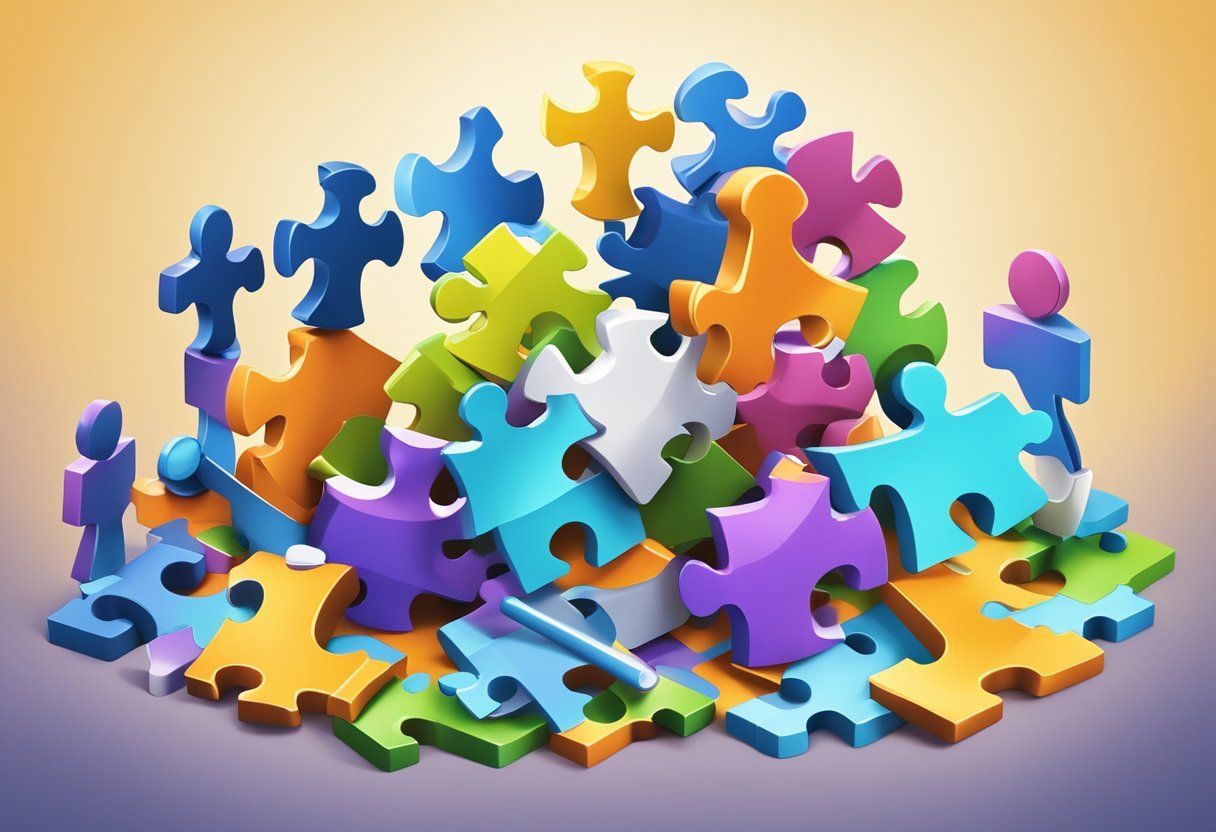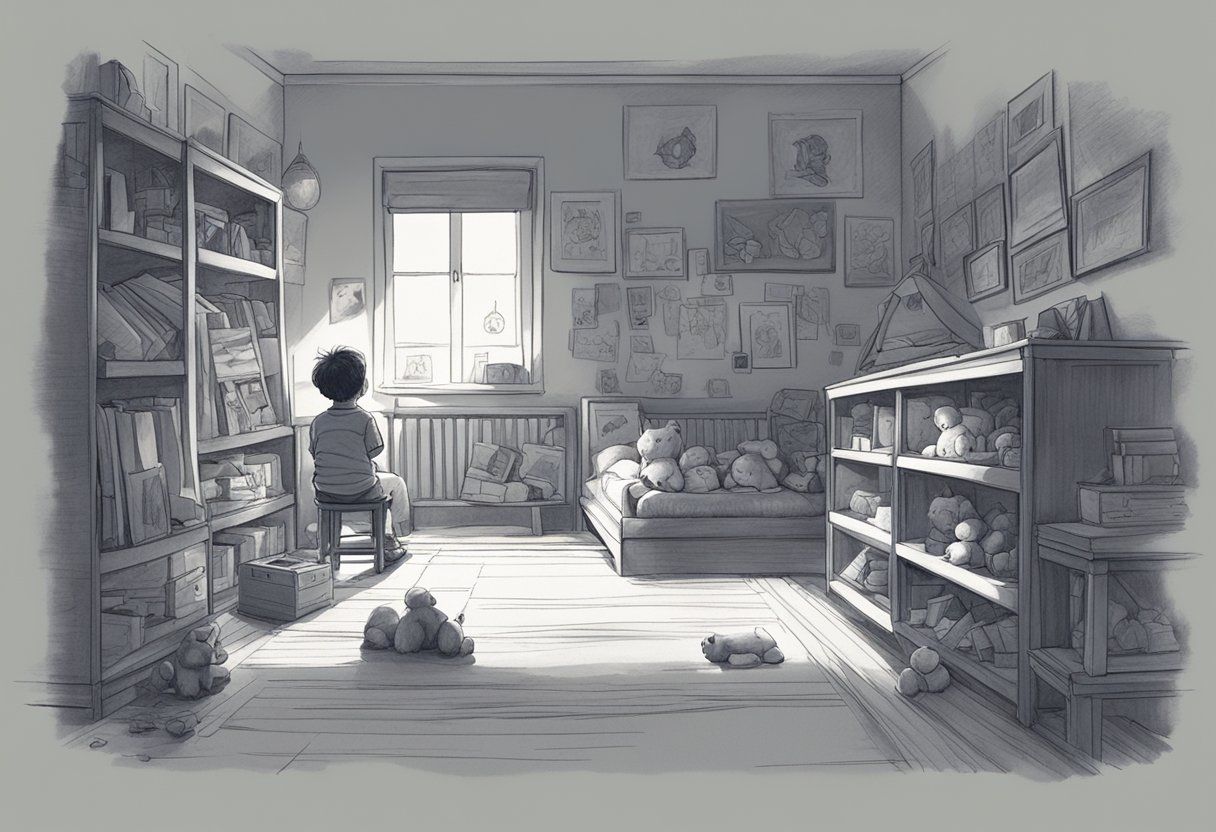BLOG
Categories
Facing the Real-Life Challenges of Wraparound Services: Understanding the Heart and the Hope
Let’s break it down.
Wraparound services aren’t just some buzzword or fancy system. They’re real people coming together, doing real work, for real families who are facing real struggles. This is about community, healing, and support—it's about not being alone in the trenches.
What Wraparound Really Means
At its core, wraparound is about connection. It's a team-based, family-driven way of supporting children and youth who are struggling with behavioral and emotional challenges. It's not about fixing kids—it's about understanding them and supporting the family unit. And that’s huge.
Here’s how it works:
- Team-Based Support
You’ve got a team. That means professionals, yes—but also you, your family, and sometimes community members who care. Everyone at the table, all focused on the child’s healing. - Family-Led, Not System-Driven
This isn’t someone telling you what to do. This is you saying, “This is what we need,” and having people who actually listen. Your values, your voice, your journey. - Comprehensive, Whole-Child Focus
This goes beyond just a diagnosis. It includes behavioral strategies, social work support, educational guidance—whatever is needed to address the whole child, because no one challenge happens in isolation.
But Here’s the Heart of It: Communication is the Glue
When it comes to wraparound, communication is what holds it all together. Regular meetings aren’t about checking boxes—they’re about making sure everyone is aligned, regulated, and working from the same place of compassion. That kind of unity brings consistency, and consistency is where healing happens.
The Real Benefit? Hope and Movement
- You get access to resources you didn’t even know existed.
- Support grows with your child—it evolves, just like life does.
- You stop walking alone.
At the end of the day, wraparound isn’t a program—it’s a mindset. It's a reminder that we don't heal in isolation. We heal in community, with support, and with love at the center.
Let’s keep doing the hard, heart-filled work. Together.
What Makes Wraparound Work: It’s Not Just the Pieces—It’s the Heart Behind Them

When it comes to supporting kids and families through trauma, we don’t need a rigid system. We need a flexible, heart-centered approach that honors the humanity in every situation. That’s what effective wraparound is all about—people showing up for people, with compassion and consistency.
It Starts With the Team—But Not Just Any Team
A strong wraparound team isn’t just a checklist of professionals—it’s a community built around your family. That includes therapists, social workers, teachers, mentors, and most importantly, you. And when it's done right, everyone at the table is equal. Every voice matters.
Real Roles That Make a Difference:
- Family Partner:
Your bridge between the system and your story. They walk with you.
- Youth Partner:
The voice of the young person—because nobody can speak for them like they can.
- Facilitator:
The steady hand keeping the process on track, without losing sight of the heart behind it.
These roles work best when they’re anchored in trust. And trust comes from respect, confidentiality, and the kind of communication where people aren’t just talking—they’re listening.
The Plan: A Living, Breathing Guide
A wraparound service plan isn’t some rigid manual. It’s a co-created map, built around your family’s strengths, needs, and dreams. It includes goals for school, behavior, and health—but it’s never one-size-fits-all.
The plan changes as you change. That’s the power of wraparound—it stays in step with your life. The key is coming back to the table regularly, reviewing what’s working and what’s not, and staying honest with one another. That’s how real progress happens.
Family First, Always
Let me be clear: families aren’t bystanders in this process. You are the leaders. You are the heartbeat of this entire thing. When you’re heard—really heard—the whole system works better. When your experience shapes the plan, that plan becomes real. And real plans bring real healing.
It’s Got to Be Community-Rooted
Healing doesn’t happen in offices alone. It happens in neighborhoods, schools, churches, clinics—wherever life happens. That’s why wraparound works best when it’s grounded in your community.
Using local resources makes services easier to access and feel less foreign. It also makes the support sustainable—because you’re building relationships that last beyond the plan.
And here’s the deeper truth: when you heal within your community, you also help heal your community. That’s generational impact.
The Real-World Struggles in Behavioral Health—and How We Move Through Them Together

Let’s just say it plain: navigating the behavioral health system can feel like walking through a maze, blindfolded, with a child in crisis holding your hand. It’s overwhelming, confusing, and at times—utterly heartbreaking. But the good news? We don’t have to do it alone, and there are ways to make it better.
Mental Health Systems Are Complicated—But We Can Cut Through the Noise
Families often end up facing a tangled mess of services, rules, and agencies—each one with their own forms, procedures, and people who don’t always talk to each other. That’s a setup for burnout. It’s not your fault if you feel lost. The system wasn’t built for ease—it was built for management.
But we don’t need management—we need connection. We need systems that talk to each other, people who stay in communication, and tools that help you stay centered and supported. That’s where wraparound shines—it brings the system to you, rather than the other way around.
What We Need Is Not Just Care—It’s Quality Care
We can’t just settle for care that checks a box. If we’re serious about healing, then we’ve got to make sure the services we receive are actually helping. That means care teams who are trained in trauma, grounded in evidence, and still know how to show up with heart.
That also means holding providers accountable. Regular check-ins, audits, feedback loops—those aren’t about red tape. They’re about making sure we’re staying on track, and that families are being heard. Because what gets measured gets better.
Staff Shortages Are Real—But That’s Not the End of the Story
Let’s tell the truth: there just aren’t enough hands on deck. Burnout is high, pay is low, and families end up waiting... and waiting. But that doesn’t mean we throw our hands up. It means we double down on solutions that actually support the people doing this work.
That means paying folks what they’re worth. Creating environments where therapists and care workers are nourished, not just needed. Giving space for learning, for growing, and for staying. Because when we take care of the caregivers, they take care of our kids.
Creating Stability That Sticks: How Real Support Lays the Groundwork for Healing

Stability isn’t just a nice idea—it’s the foundation for everything else. Without it, healing can’t happen. Growth can’t happen. And families can’t thrive. That’s why support services aren’t just helpful—they’re essential.
Let’s Start With Home—Because Healing Starts Where You Live
If you don’t know where you’re going to sleep tonight, it’s almost impossible to think about anything else. That’s why safe, stable housing is step one. When families have a roof over their heads, they can finally breathe. And when they can breathe, they can begin to heal.
Housing services aren’t just about finding a place—they’re about finding peace. They help you cut through red tape, access what you’re eligible for, and stay put long enough to start rebuilding your life. Because you can’t parent from a place of survival. You need security.
Work That Works For You—Because Dignity Comes With Purpose
Let’s talk about work. Not just any job—but meaningful, sustaining employment that respects your time, your circumstances, and your potential. That’s what employment and vocational training services are about.
Whether it’s brushing up your resume, preparing for interviews, or learning a new skill, these programs are designed to give you the tools you need to show up fully—and succeed. And if that means providing child care so you can go to class or clock in on time? That matters too.
Because when you find your rhythm, and you're able to support your family with confidence, that changes everything.
Education Isn’t Just for Kids—It’s a Lifeline for the Whole Family
Education is power. And every child deserves a system that sees them—not just a seat in a classroom. Educational support means someone helping you understand your rights, making sure your child’s IEP gets honored, and connecting you to tutors and mentors who care.
It’s about showing up at school meetings with someone by your side who knows how to advocate. It’s about your child having a chance not just to survive school, but to thrive in it.
Because when we set our kids up to succeed, we break cycles. And we build something better.
What Does Success Really Look Like in Wraparound? Let’s Talk About Outcomes That Matter

We can’t talk about healing without talking about growth. And when it comes to Wraparound, success isn’t about checking boxes—it’s about tracking real life change in the lives of children and families.
Yes, we need data. But we need the right data—the kind that reflects what’s happening at the heart level, in the home, and in the healing process.
Measuring Progress—Not Perfection
Progress doesn’t always look like a straight line. Sometimes it’s messy. Sometimes it feels slow. But when we take the time to track what matters—mental health shifts, job stability, stronger family bonds—we start to see a bigger picture.
That’s where tools like the Wraparound Implementation Guide come in. They offer structure, consistency, and a shared language for the team. Everyone moves together, step by step, toward healing.
The Power of Tracking What’s Real
Programs like LSS Cares don’t just talk about hope—they track it. They gather data on family stability, emotional well-being, and sobriety. That’s not about numbers on a chart—it’s about knowing whether the strategies we’re using are truly making a difference.
Because when we know what’s working, we can do more of it. And when something’s not working? We pivot. We adjust. We stay committed to the journey.
Here’s a Simple Framework to Keep Us Aligned:
| Metric | What It Means | The Goal |
|---|---|---|
| Mental Health | Are emotions being managed better? | Fewer breakdowns, more peace |
| Employment | Are jobs being found—and kept? | Steady, meaningful work |
| Family Stability | Are relationships healing and growing? | Stronger bonds, deeper trust |
| Addiction Recovery | Are substance issues decreasing over time? | Longer sobriety, greater hope |
This isn’t about being perfect. It’s about being intentional. It’s about noticing the small victories and naming the areas still in need of growth. Because that’s what love does—it stays the course. It checks in. It keeps going.
Frequently Asked Questions
Who is eligible for receiving wraparound services?
Wraparound services are available to children, youth, and sometimes adults experiencing significant behavioral or mental health challenges. Eligibility often depends on specific needs and may vary by program or provider. These services focus on those requiring a coordinated approach due to complex needs.
How can wraparound services benefit individuals in a healthcare setting?
In healthcare, wraparound services offer personalized care plans that address both physical and mental health needs. By coordinating with various service providers, they ensure comprehensive support, improving overall well-being and treatment adherence. This holistic approach can lead to better health outcomes.
What are the key components of the wraparound process?
The wraparound process includes an individualized care plan, a dedicated team of professionals and family members, and regular meetings to track progress. It emphasizes family involvement and flexibility, ensuring that the care plan adapts to changing needs and priorities.
In what ways do wraparound services support students in educational environments?
Wraparound services in schools address educational, behavioral, and emotional challenges students may face. They involve collaboration between educators, counselors, and families to create supportive strategies. This helps students succeed academically and socially while reducing barriers to learning.
What are some examples of wraparound services provided to adults?
Adults receiving wraparound services may benefit from job coaching, mental health counseling, and substance use treatment. These services promote self-sufficiency and stability by addressing multiple life domains. Coordinating different support systems ensures adults achieve personal and professional goals.
How do the principles of wraparound care contribute to its effectiveness?
Wraparound care's effectiveness stems from its strengths-based approach, focusing on individual needs and family involvement. Its principles of collaboration and flexibility ensure plans are personalized and adaptive. This leads to more effective and sustainable outcomes by building on existing strengths and resources.
RECENT POSTS



Bringing and keeping families together!

Supporting families in need.
LEAF WRAPAROUND is a Parents in Training Inc. program to help ensure families stay together, providing support and services to both children and parents
LEAF WRAPAROUND - a Parents in Training Inc. progra | Built by WSI - Dinámica Digital
LEAF WRAPAROUND
a Parents in Training Inc. program
Built by WSI - Dinámica Digital




